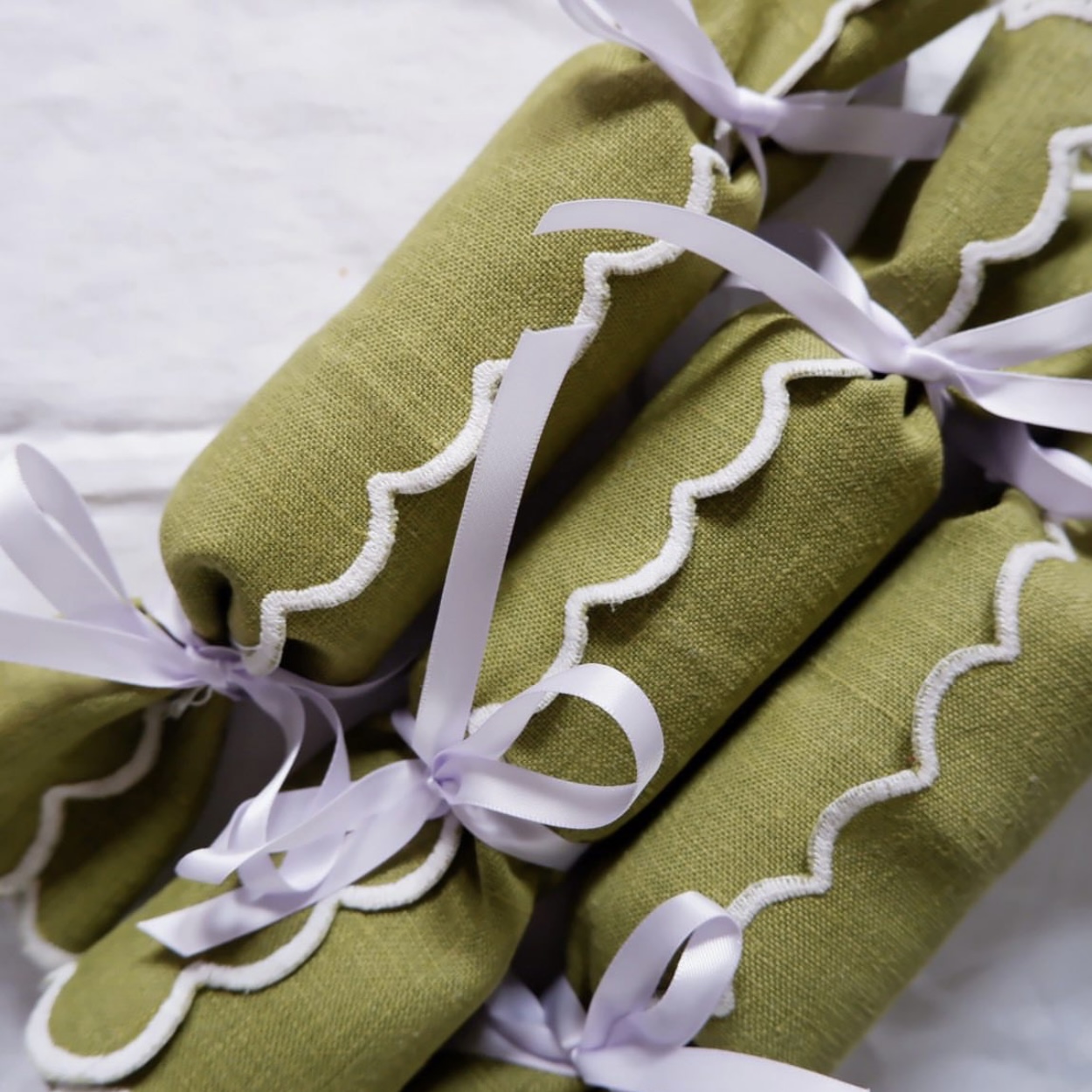"Linen Napkins" Factory Direct – OEM/ODM & Wholesale
Oct . 28, 2025 11:45 Back to list
"Linen Napkins" Factory Direct – OEM/ODM & Wholesale
Linen Napkins That Actually Work Hard: Insider Notes from the Tabletop Trade
If you’ve spent time comparing restaurant-grade napkins versus the boutique “pretty-but-delicate” kind, you’ll know the gap is real. That’s why I’ve been watching the rise of mid-weight French-flax linens with reinforced hems and custom embroidery. Case in point: natural french linen napkin customize embroidery linen napkin sewing edge linen napkins. To be honest, the name’s a mouthful—but the spec sheet is the interesting part.

What’s trending in linen napkins
Two currents are shaping the market: 1) stone-washed, softer-handfeel linens that don’t need fussy ironing, and 2) brand-forward embroidery (initials, monograms, table numbers, even QR codes—yes, really). Hospitality buyers want durability, colorfastness, and predictable shrinkage. Home users want tactile, not crunchy. This product seems to straddle both, and, surprisingly, it doesn’t shy away from lab benchmarks.
Product specifications (key figures)
| Fabric | 100% French flax linen, plain weave 1/1 |
| Weight | ≈ 170–210 GSM (real-world use may vary by dye lot) |
| Standard size | 45×45 cm (custom: 40×40 to 55×55 cm) |
| Edge/hem | Mitered corners, ≈10 mm double-fold; overlock pre-finish |
| Embroidery | Satin stitch, 1–6 colors, area up to 6×6 cm standard |
| Colorfastness | ISO 105-C06 wash grade 4, ISO 105-X12 rub grade 4 (internal lab) |
| Shrinkage | ≈ 3–5% after 3 cycles @ ISO 6330 40°C |
| Service life | 200–300 wash cycles in rental rotation, depending on chemicals |
| Certifications | OEKO-TEX Standard 100 available; REACH-compliant dyes |
Materials, process, and testing flow
Materials: European flax → wet-spun yarns (Nm 16–24) → plain-weave loom. Methods: pre-wash/stone-wash for handfeel, reactive dyeing for depth, cutting with shrinkage allowance, overlock + mitered hem sewing, satin-stitch embroidery, steam set. Testing: tensile (ASTM D5034/ISO 13934-2), pilling (ISO 12945-2), colorfastness to wash (ISO 105-C06) and rub (X12), dimensional change (ISO 6330). QC includes needle detection and stitch density checks on embroidered zones. Origin: Room 201, Yijiang Building, Zhonghua Street 485, Shijiazhuang City.

Application scenarios and advantages
- Hospitality: bistros, farm-to-table venues, boutique hotels (high turnover, stain cycles)
- Events: weddings, corporate dinners—monograms/table numbers keep it tidy
- Home: relaxed, wrinkle-kissed look; easy fold, dries quickly
Advantages: absorbent, lint-sparse, and—this matters—edges don’t twist after repeated hot washes. Many customers say the handfeel “breaks in” nicely after 2–3 cycles.
Vendor comparison (real-world buying notes)
| Vendor | MOQ | Lead time | Embroidery | Certs | Typical price |
|---|---|---|---|---|---|
| LinenHomeTex (factory) | 100–300 pcs | 15–25 days | Up to 6 colors, fine satin | OEKO-TEX, ISO systems | $$ (mid) |
| Generic Importer A | 500+ pcs | 30–45 days | Limited, 1–2 colors | Varies | $ (low) |
| Boutique Maker B | 50–100 pcs | 20–35 days | Artisanal, premium threads | Small-batch docs | $$$ (high) |
Customization and real cases
Customization: PMS color-matching, contrast hems, oversized napkins, and monograms. I guess the sweet spot is a 45×45 with a subtle 2-color crest.
natural french linen napkin customize embroidery linen napkin sewing edge linen napkins rolled out for a Nordic bistro chain: 1,200 pcs, charcoal gray, tone-on-tone logo. Reported results after 5 months—shrinkage 3.2%, no frayed corners, stain release acceptable with oxygen bleach. A wedding planner in Austin ordered 300 ivory pieces with gold initials; feedback: “soft, not slinky; photos beautifully.”
Care, compliance, and longevity tips
- Wash 40–60°C; avoid over-drying to reduce abrasion and color fade
- Reactive dyes + OEKO-TEX Standard 100 minimize skin-sensitivity concerns
- Rotate sets to hit the 200–300 cycle service life comfortably
Authoritative references:
- OEKO-TEX Standard 100: https://www.oeko-tex.com
- ISO 105-C06 Colorfastness to washing: https://www.iso.org/standard/55821.html
- ISO 6330 Domestic washing/drying procedures: https://www.iso.org/standard/66124.html
- ASTM D5034 Textile tensile (Grab): https://www.astm.org/d5034
- ISO 12945-2 Pilling resistance: https://www.iso.org/standard/58539.html
- European Flax/CELC guidance: https://www.europeanflax.com
- REACH (ECHA) guidance on azo dyes: https://echa.europa.eu/regulations/reach
-
Durable and Sustainable Sets of Bedsheets and Curtains | Global Textile Trends 2024
NewsNov.24,2025
-
Organic Curtains | Sustainable Window Treatments for Healthier Homes
NewsNov.23,2025
-
Elevate Hotel Comfort & Efficiency with Blackout Curtain Rode Hotel Solutions
NewsNov.22,2025
-
Explore White Design Luxury Window Curtains for Elegant and Sustainable Living
NewsNov.22,2025
-
Curtain Fabric for Hometextile: Sustainable Choices for Style & Function
NewsNov.21,2025
-
100% Organic Linen Baby Crib Set â Linen Home Textile|Hypoallergenic&Breathable
NewsNov.21,2025
